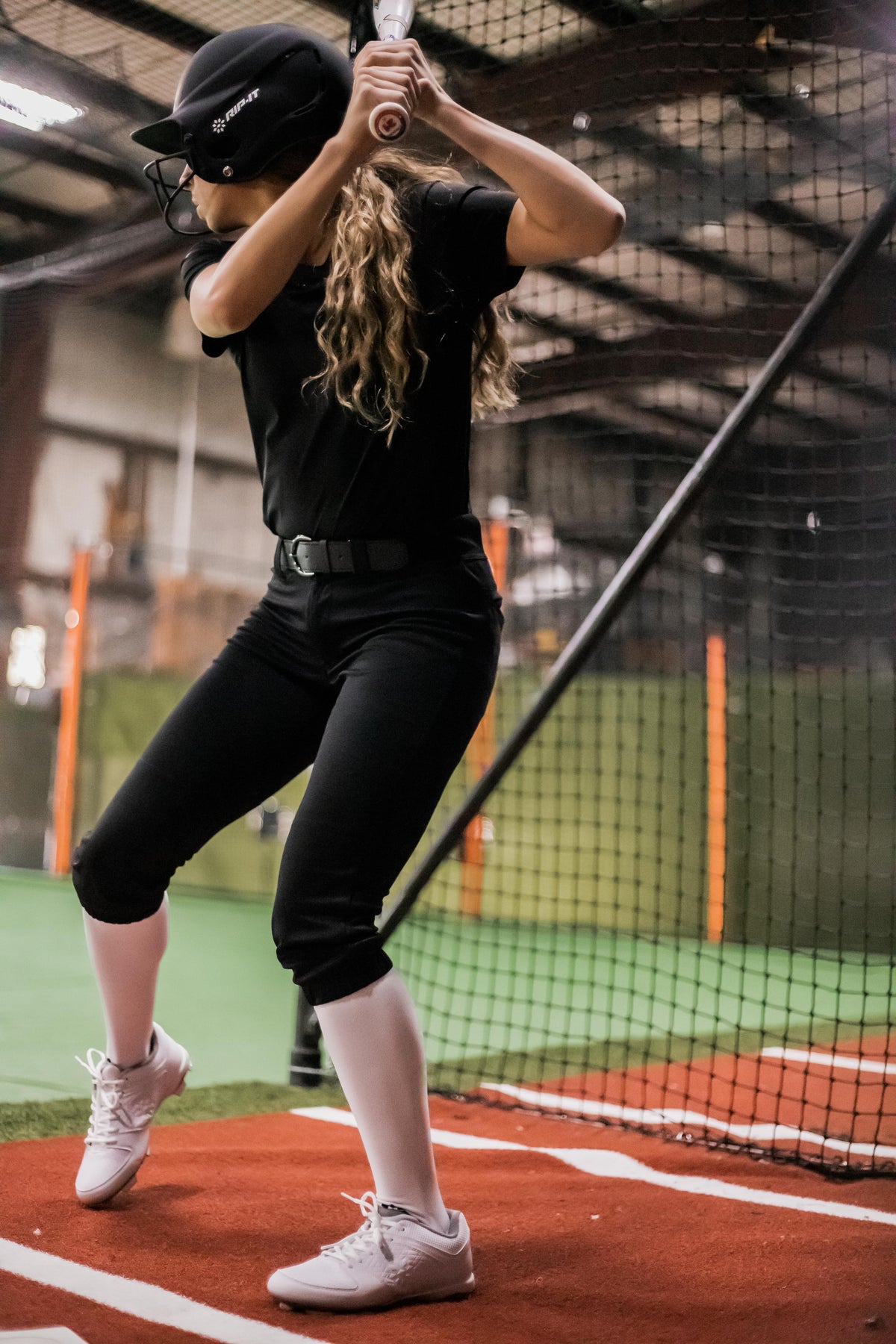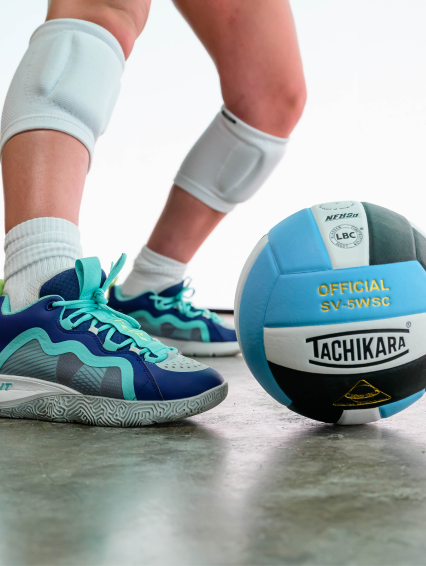Empower Your Inner Athlete: The Power of Strength Training for Female Athletes

Strength training is often overlooked by female athletes, overshadowed by the pursuit of cardiovascular fitness and skill development. However, embracing strength training can unlock new levels of potential, propelling you to athletic success. It's time to break down barriers and challenge societal expectations in sports with the support of brands like RIP-IT.
The Challenge: Societal Norms, Unrealistic Expectations, and Injury Risks
As a female athlete, you face unique challenges. Societal norms and expectations can make it difficult to prioritize strength training or to own your accomplishments fully. One common misconception is that strength training will cause women to become "too bulky." In reality, it's challenging for women to build excessive muscle mass, and you shouldn't let vague perceptions from critics prevent you from reaping the benefits of strength training.
Moreover, female athletes appear to have a higher incidence of lower-limb injuries than male athletes, with studies showing that they are two to eight times more likely to suffer knee injuries. This may be linked to strength and flexibility imbalances in the lower limb, both of which can be addressed through correct training. It's time to challenge these norms and redefine what's possible in your sport with the help of RIP-IT.
The Power of Strength Training: Unlocking Your Potential
Strength training offers numerous benefits for female athletes, including:
- Improved athletic performance: Strength training enhances power, speed, and agility, directly impacting your performance in your chosen sport.
- Injury prevention: Building strong muscles, tendons, and ligaments reduces the risk of injury, especially lower-limb injuries. By addressing strength and flexibility imbalances, you can stay healthy and focused on your goals.
- Boosted self-confidence: As your strength and performance improve, you'll feel more empowered and self-assured in your abilities.
- Long-term health benefits: Strength training promotes bone health, reduces the risk of osteoporosis as you age, and maintains muscle mass, supporting a healthy metabolism.
- Strength Training Tips and Exercises for Female Athletes Across Age Ranges
To effectively incorporate strength training into your routine, consider the following tips and exercises tailored for different age ranges:
Focus on proper form: Work with a coach or personal trainer to ensure you're performing exercises safely and effectively.
Prioritize compound exercises: Choose exercises that target multiple muscle groups for more significant strength gains.
Gradually increase intensity: Apply the principle of progressive overload by increasing the weight, repetitions, or sets over time, allowing your muscles to adapt and grow stronger.
Stay consistent: Incorporate strength training into your workout routine at least two to three times per week for optimal results.
Strength exercises for young female athletes (12 and under):
Bodyweight squats
Push-ups (modified if necessary)
Planks
Step-ups
Jumping jacks
Mountain climbers
Strength exercises for adolescent female athletes (ages 13-18):
Goblet squats
Push-ups
Pull-ups (assisted if necessary)
Dumbbell lunges
Planks and side planks
Bent-over dumbbell rows
Strength exercises for adult female athletes (ages 19+):
Barbell squats
Deadlifts
Push-ups or bench presses
Pull-ups or lat pulldowns
Walking lunges
Planks and side planks
Barbell or dumbbell rows
Step-ups with weights
Conclusion: Shatter Stereotypes and Redefine What's Possible
By embracing strength training, you'll join a community of female athletes who confidently push their boundaries, shatter stereotypes, and redefine what's possible in their sport. Together, we can create a world where gender biases and societal expectations no longer hold women back, enabling them to reach their full potential.







